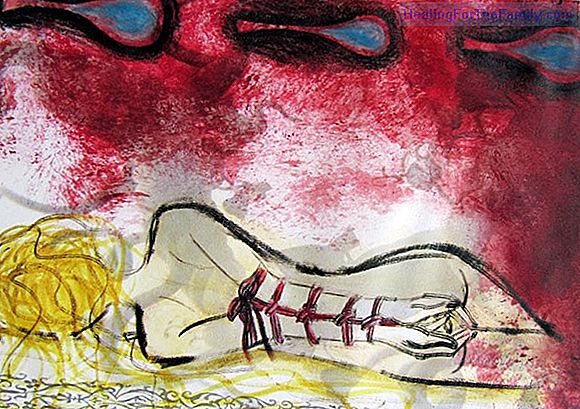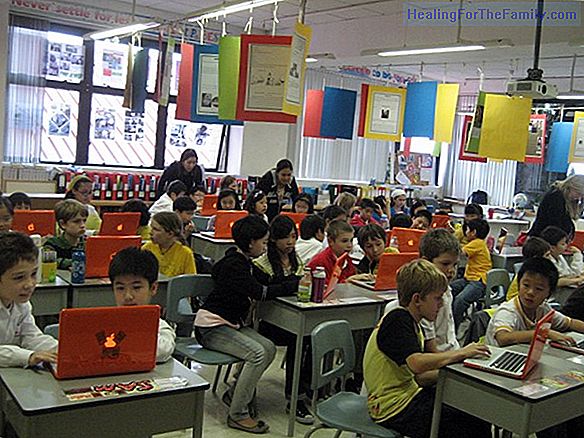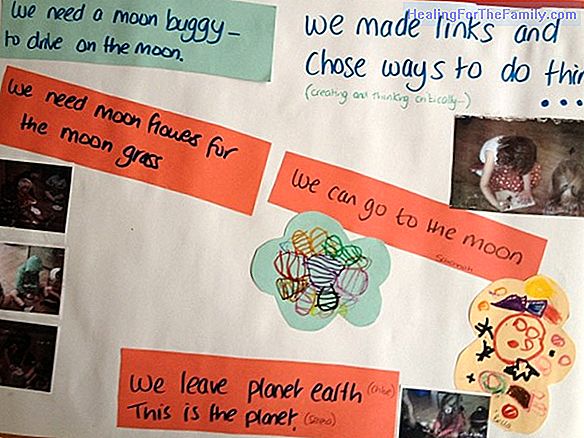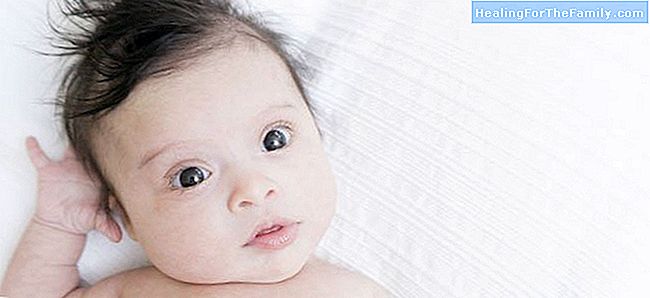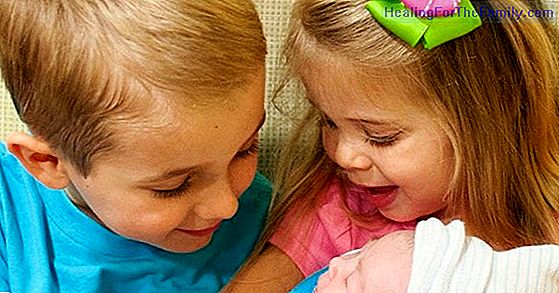Magic bicarbonate Christmas tree. Science experiment for children
We propose you to do a very simple and original experiment to surprise your child. It is a magical baking soda tree. It is a simple and fun experiment to teach children the reaction of certain materials to contact with others. We tell you everything you need to do it. Material: Bicarbonate Water Gre
We propose you to do a very simple and original experiment to surprise your child. It is a magical baking soda tree. It is a simple and fun experiment to teach children the reaction of certain materials to contact with others. We tell you everything you need to do it.
Material:
- Bicarbonate
- Water
- Green dye
- Disposable pastry bag
- Red glitter
- Spoon
- 2 glasses
- Plastic baby bottle (optional)
- Vinegar
- Glass bowl
How to make, step by step, the experiment of the magic bicarbonate tree for children
1. You need half a glass of baking soda. Add a little water, but very little, and stir well with the spoon. You'll see that the texture is still practically baking powder.
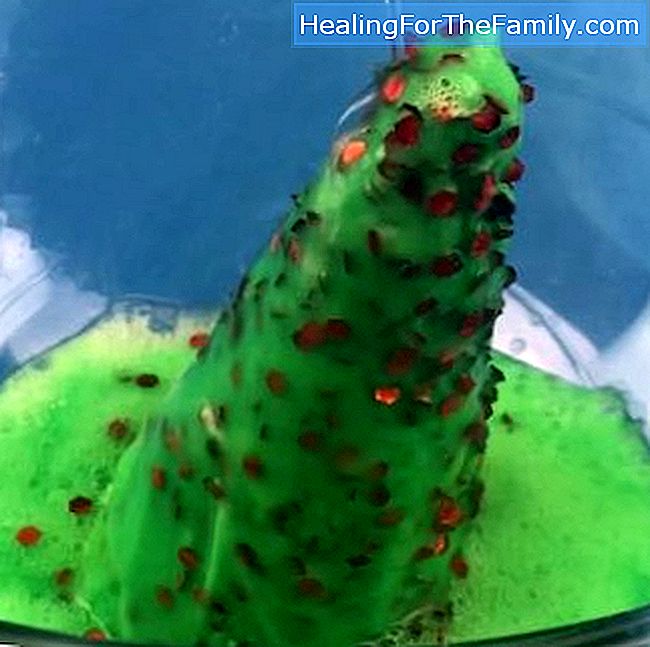
2. Now look for your green coloring. It will give color to our Christmas tree. When you add a little less than half a teaspoon of dye, it will work. Look to remove what texture and color your mix acquires.
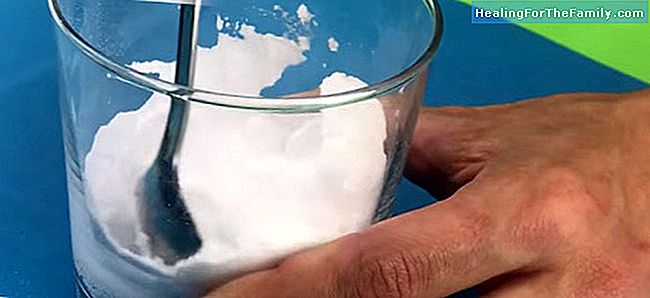
3. Now it's time to add the red glitter. The tree will be much more festive. Stirs well. Well, you need the other glass. Do you have the disposable pastry bag near you? You put it in the glass with the tip down and cut everything that is left over. It only has to occupy the height of the glass. Make sure it is securely attached to the glass.
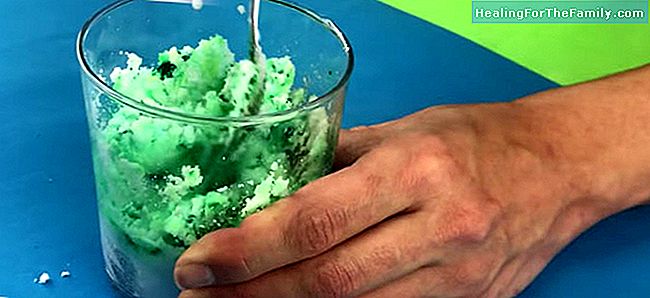
4. Put the mixture you just made of baking soda, water, coloring and glitter into the pastry bag. Squeeze the mixture well and check how it takes on a cone shape, thanks to the shape of the pastry bag. Put it in the freezer until the next day.
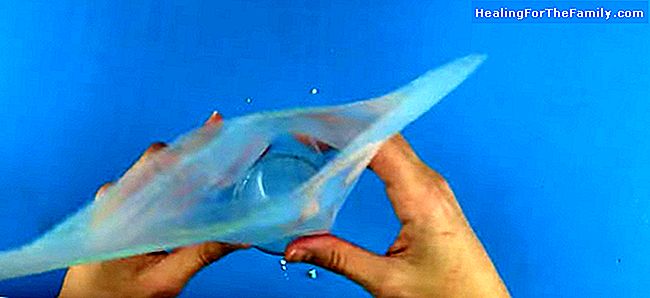
5. What is the shape of a Christmas tree? You see? Well, it was time to put the experiment into practice. Find the bowl. And carefully cut the plastic sleeve that covers the tree. Be especially careful with the final part, as it is more delicate.
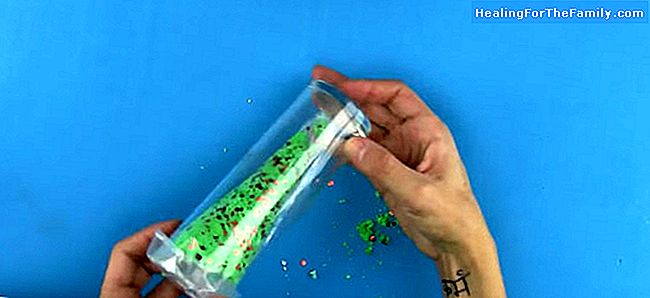
6. Now it's time for the vinegar. You can throw it on the tree directly or use a bit of vinegar to pour in a different pot like this one. And now comes the most fun: put on the bicarbonate tree without fear of vinegar! Look how it reacts to the contact with the baking!
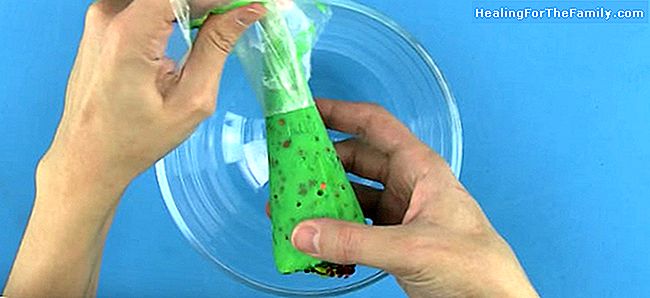
Explanation of experiment: This happens because they are reactive materials. In contact with each other, they form a product, a different matter. Vinegar acid on contact with the base of bicarbonate gives as a product water, sodium acetate and carbon dioxide. Fascinating!

